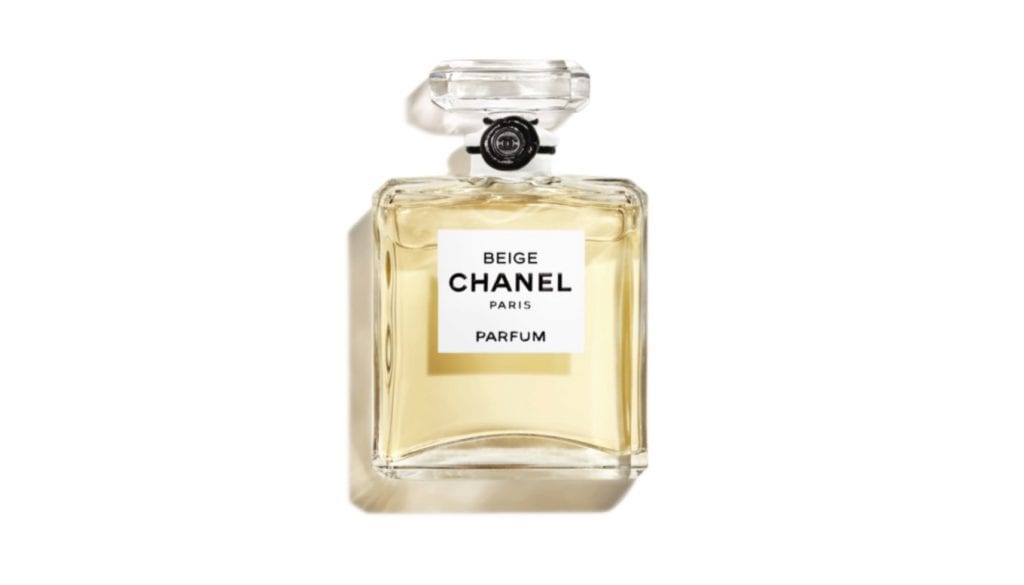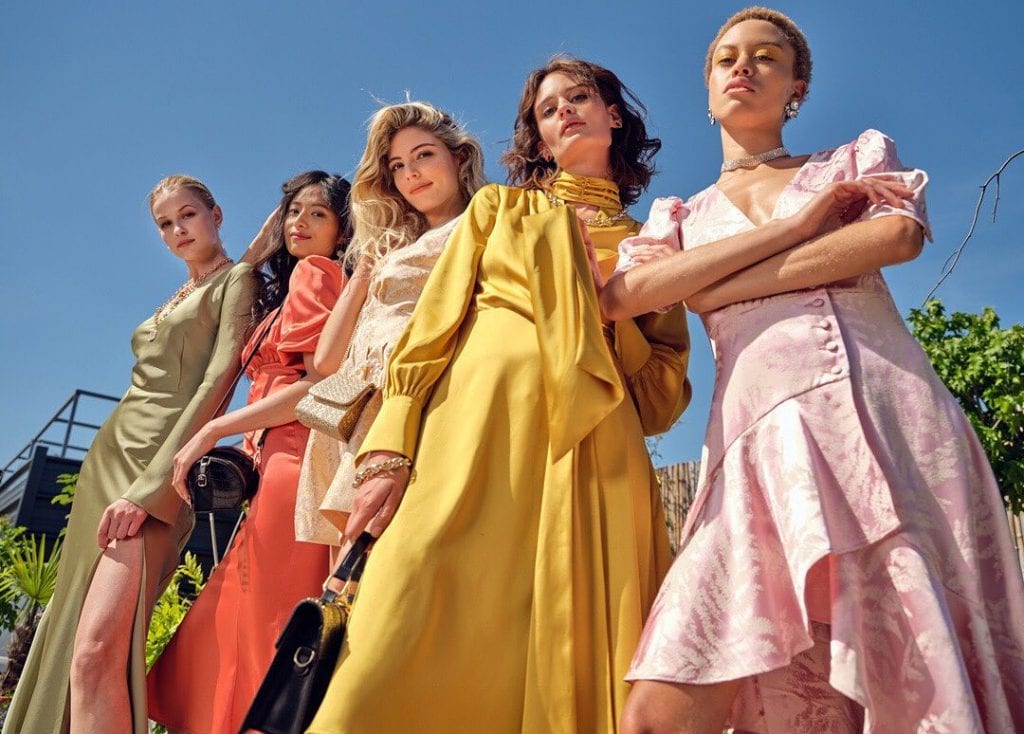Christian Louboutin, Tiffany & Co., Hermès, T-Mobile, and UPS, among others, have proven that specific colors are protectable – and enforceable – by trademark law along with brand names and source-identifying logos. But even before Louboutin went up against Yves Saint Laurent in a New York federal court to put its trademark registration to the test, and just before Hermès began seeking stateside registrations for the color orange for use on product packaging, Chanel was seeking different sort of rights in color: the name.
In early 2008, the American arm of the Paris-based brand filed an application for registration for the word “Beige” in connection with its perfume of the same name. Chanel’s application made its way through the U.S. Patent and Trademark Office (USPTO”)’s registration process without a hitch and the brand was issued a registration by May 2009, in what was a much more seamless exercise than FUBU’s attempt to register “Canary Yellow” for apparel five years earlier. (The USPTO preliminarily held that the “Canary Yellow” mark was merely descriptive of the brand’s products, and thus, not registerable).
But while it easily amassed federal rights in the U.S. – and other jurisdictions, including (but not limited to) Spain, Australia, New Zealand, Costa Rica, and Chile – for the “Beige” trademark for use on fragrances, Chanel has suffered a recent loss elsewhere in connection with the very same mark.
According to the Israeli Registrar of Patents, Designs and Trademarks, Chanel’s “Beige” mark cannot be registered for use on fragrances and cosmetics. The Israeli intellectual property body held that in addition to the fact that “no mark [is] valid for registration unless it is capable of distinguishing between the goods of the proprietor of the mark and the goods of others” – i.e., unless it functions as a trademark, which it founds Chanel’s “Beige” mark does not do, colors make for particularly thorny trademarks.
To be exact, the IP office’s Commissioner stated that “marks consisting of … words used in the trade for the description of goods or types of goods or directly related to their nature or quality” – such as colors – are not eligible for registration unless the trademark-filing party can show that the mark has come to identify the source of the product in the minds of consumers. This can be shown by way of sales success, advertising, and third-party media of the specific mark in the jurisdiction at issue, for instance.
“As a general rule,” according to the IP office, “the name of a color should not be allowed as a trademark because, in general, color is a characteristic of the goods, and the consumer does not see the name of color as the source of the goods … but rather as describing the attribute of the goods.” More than that, it held that “there is an interest in leaving names of open colors for public use, assuming that names of colors are used in trade to describe goods and their properties.”
While Chanel’s counsel argued that “only in cases where the color is an inherent quality of the goods, such as green tea, brown sugar or blue cheese, is there a reason to label a color as a trademark, unlike goods that can be marketed in a number of colors,” the Commissioner was unpersuaded and rejected the application.
The loss in Israel comes on the heels of Chanel’s domestic struggle to register “Beige Label” for use on garments, handbags, jewelry, footwear, and eyewear almost two decades ago, only to be refused by the U.S. Patent and Trademark Office on similar descriptiveness (and thus, failure to function as a trademark) grounds, despite previously being granted a registration for the same mark in connection with the same goods in France.
The differences in a party’s rights among various jurisdictions is in line with the territorial nature of trademark law.











